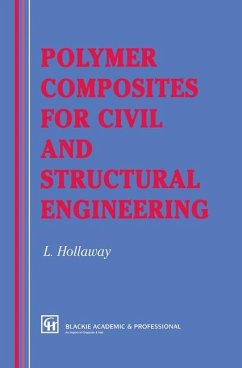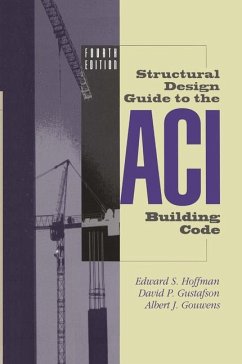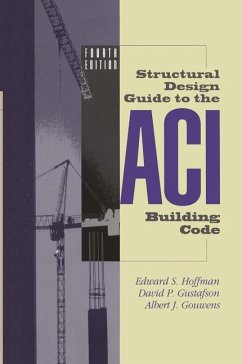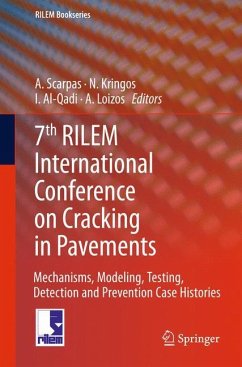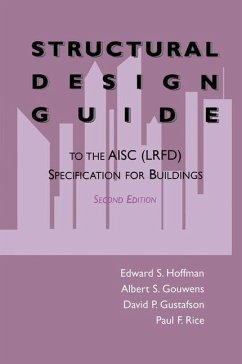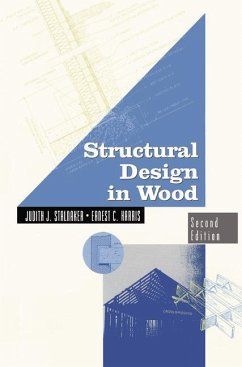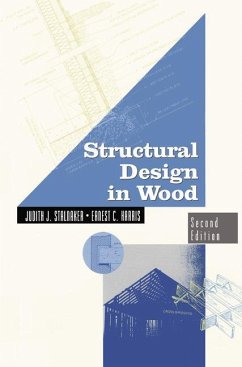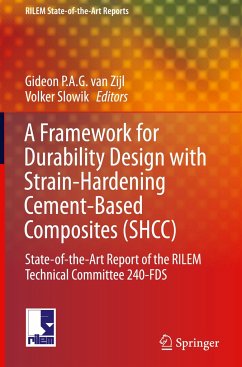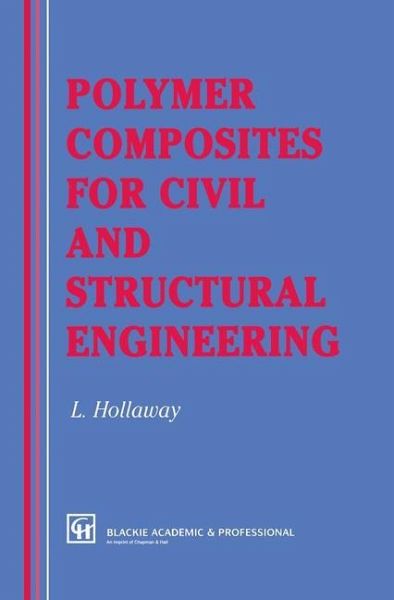
Polymer Composites for Civil and Structural Engineering
Versandkostenfrei!
Versandfertig in 1-2 Wochen
115,99 €
inkl. MwSt.
Weitere Ausgaben:

PAYBACK Punkte
58 °P sammeln!
New materials and methods within the construction industry offer substantial advantages in terms of cost, durability, ease of design, and ease of fabrication. This new book looks at the multitude of uses of polymer composites in construction and discusses fabrication methods, suitability of materials, design methods, construction methods, performance and practical applications.





